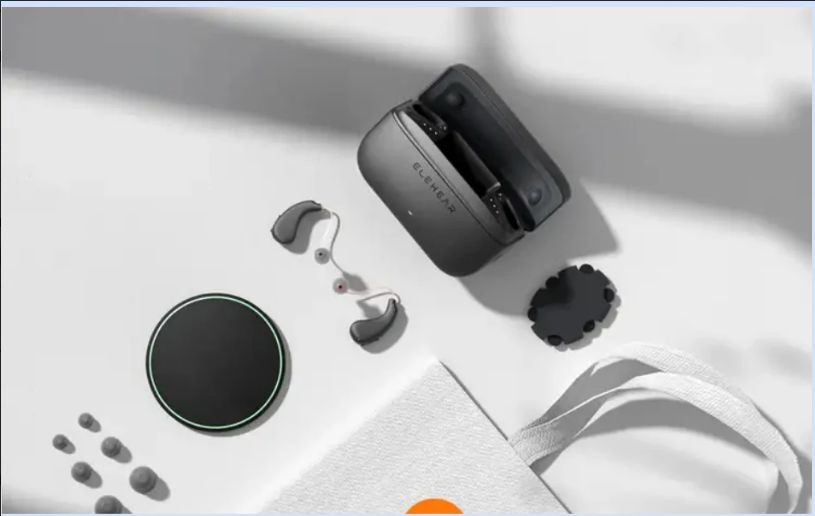Navigating the world of hearing aids can be overwhelming, especially for beginners. However, with advancements in technology, they have emerged as a convenient option for those seeking assistance with hearing loss. Understanding what self-fitting hearing aids entail is crucial before diving into the process.
Essentially, these are devices designed to be programmed and adjusted by the user without the need for frequent visits to an audiologist. This technology empowers individuals to take control of their health from the comfort of their own home.
Advantages of Self-Fitting Hearing Aids
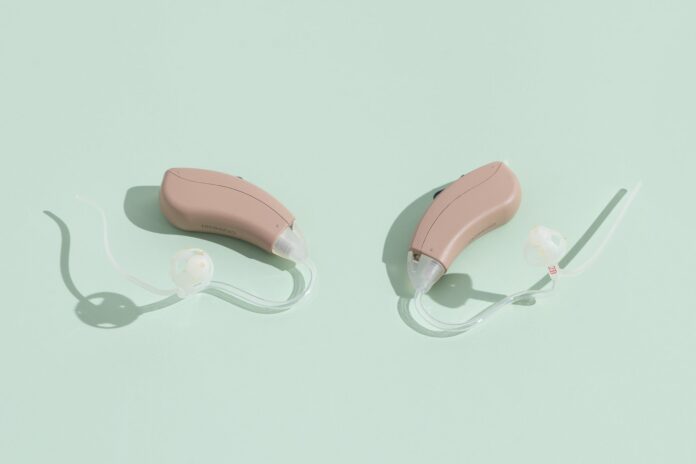
One of the primary advantages is the convenience they offer. Traditional fittings often require multiple visits to an audiologist, which can be time-consuming and costly.
With self-fitting devices, users have the flexibility to adjust them whenever and wherever they choose, without the need for professional assistance. This can be particularly beneficial for individuals with busy schedules or those who live in remote areas with limited access to healthcare services.
Another advantage of self-fitting aids is the ability to personalize the settings to suit individual preferences. Many self-fitting devices utilize advanced technology, such as artificial intelligence and machine learning, to analyze the user’s profile and automatically adjust the settings accordingly.
This personalized approach can lead to improved comfort and sound quality, as they are tailored to the user’s unique needs. Additionally, self-fitting devices often come with smartphone apps that allow users to fine-tune the settings and make adjustments in real-time, providing greater control over their experience.
Limitations of Self-Fitting Hearing Aids
While self-fitting aids offer numerous benefits, they may not be suitable for everyone. One limitation is the lack of professional guidance during the fitting process. While the user-friendly software and tutorials provided with self-fitting devices aim to simplify the process, some individuals may still require assistance to achieve optimal results.
Additionally, self-fitting devices may not be suitable for individuals with complex hearing loss or other underlying medical conditions that require specialized care.
Another limitation is the potential for improper fitting and adjustment. Without the expertise of an audiologist, users may struggle to accurately program the devices to meet their specific needs.
This could result in discomfort, poor sound quality, or ineffective amplification, ultimately leading to dissatisfaction with the product. Furthermore, self-fitting devices may not offer the same level of customization and fine-tuning options as traditional ones fitted by a professional.
Choosing the Right Self-Fitting Hearing Aid
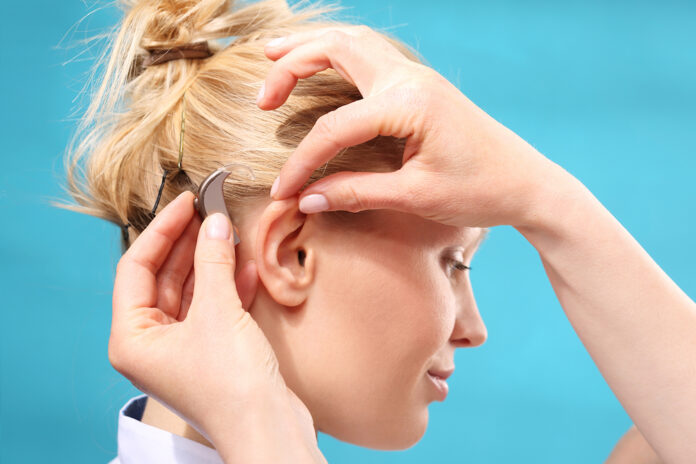
Selecting the right self-fitting aid, such as the OTC Bluetooth Hearing aids offered by EleHear, is essential for achieving optimal health outcomes. With numerous options available on the market, it’s important to consider several factors before making a decision. Understanding your needs and preferences is the first step in choosing the right device.
Consider factors such as the severity of your hearing loss, your lifestyle and daily activities, and your budget constraints. Additionally, explore the features and benefits of OTC Bluetooth Hearing aids from EleHear, which offer convenient connectivity options and advanced technology to enhance your experience.
When researching self-fitting hearing aids, be sure to read reviews and testimonials from other users to get an idea of the overall satisfaction with the product. Pay attention to factors such as sound quality, comfort, battery life, and ease of use. Additionally, look for devices that offer customizable settings and the ability to adjust the settings to suit your preferences.
Tips for a Successful Fitting Process
Once you’ve selected them, it’s important to follow the manufacturer’s instructions carefully to ensure a successful fitting process. Start by familiarizing yourself with the device and the accompanying software or smartphone app.
Read the user manual thoroughly and watch any tutorial videos provided to gain a better understanding of how to properly insert and adjust them.
When fitting them, start with the default settings recommended by the manufacturer. Gradually make adjustments to the volume, tone, and other settings as needed, paying attention to how each change affects your experience.
Take your time during the fitting process and don’t hesitate to reach out to the manufacturer’s customer support team if you encounter any difficulties or have questions.
Monitoring and Maintenance
Once you’ve successfully fitted it, it’s important to monitor them regularly to ensure they continues to perform optimally. Pay attention to any changes in sound quality, comfort, or battery life, and make adjustments as needed.
Additionally, be sure to clean and maintain your aids according to the manufacturer’s guidelines to prevent any issues with performance or durability.
The Importance of Professional Evaluation
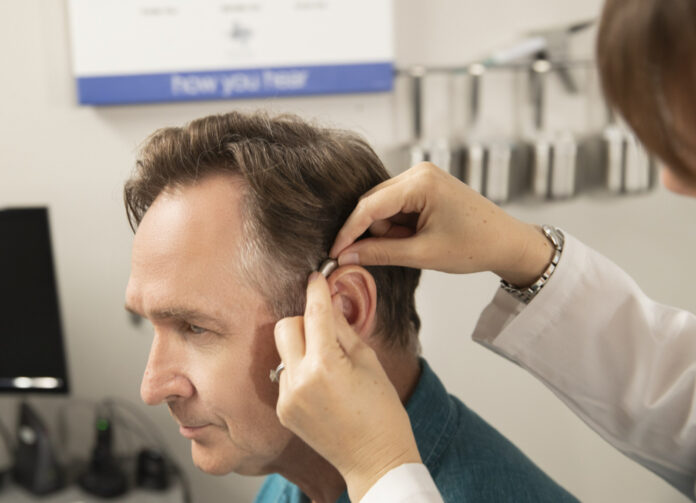
While they offer convenience and flexibility, it’s important to recognize the value of professional evaluation in managing hearing loss. Before purchasing a self-fitting device, it’s recommended to undergo a comprehensive hearing evaluation by a licensed audiologist.
This evaluation will assess the severity and type of hearing loss, as well as any underlying medical conditions that may impact treatment options.
Additionally, an audiologist can provide valuable guidance and recommendations tailored to your individual needs, ensuring that you make an informed decision about the most appropriate solution for you.
Understanding Your Hearing Profile
During a professional evaluation, an audiologist will conduct various tests to assess your abilities and determine your unique profile. This may include pure-tone audiometry, speech audiometry, and other specialized tests to evaluate different aspects of your function.
By understanding your profile, you and your audiologist can develop a personalized treatment plan that addresses your specific needs and preferences. This may include recommendations for self-fitting aids, as well as other assistive devices or interventions that may be beneficial.
Addressing Underlying Medical Conditions
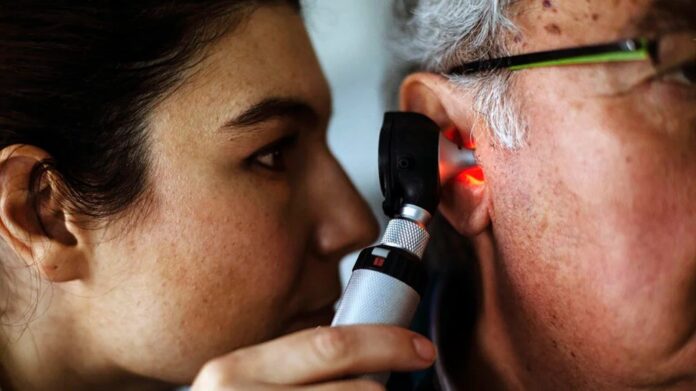
In some cases, hearing loss may be caused by underlying medical conditions that require medical or surgical intervention.
A professional evaluation by an audiologist can help identify any potential medical issues contributing to your hearing loss and guide you toward the appropriate course of action. This may involve referral to an otolaryngologist or other medical specialist for further evaluation and treatment.
Addressing underlying medical conditions is crucial for preserving and optimizing your hearing health, and should not be overlooked in favor of self-fitting solutions alone.
Conclusion
Regularly monitor your hearing health and schedule periodic check-ups with an audiologist to assess your hearing and make any necessary adjustments to them. By staying proactive and informed, you can ensure that they continue to provide you with the best possible hearing experience for years to come.

